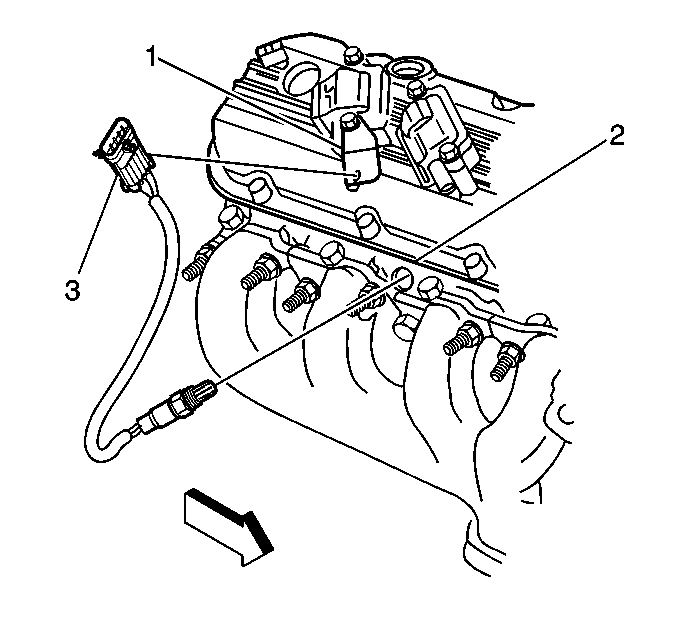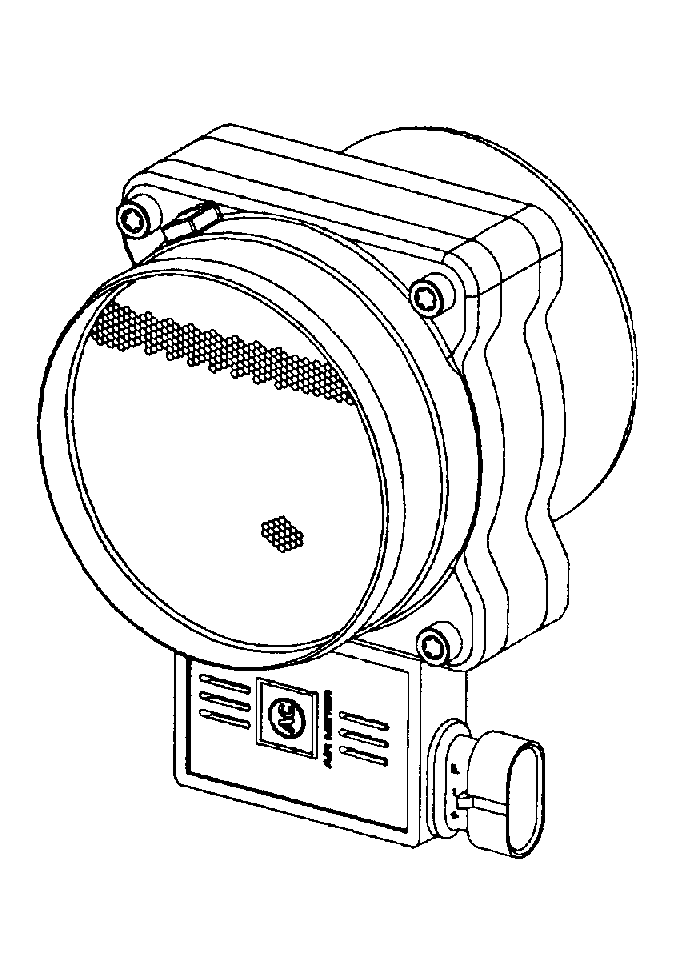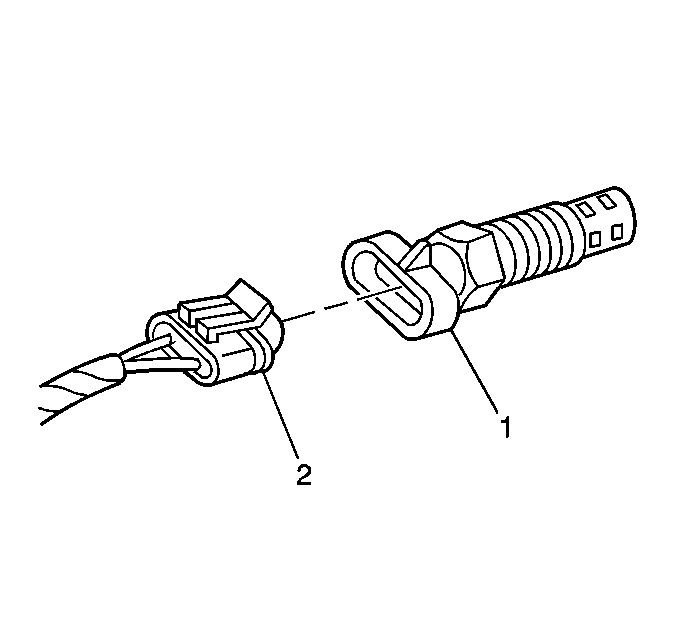The Manifold Absolute Pressure (MAP) sensor responds to
changes in the intake manifold pressure. The pressure changes as a result
of engine load and speed. The map sensor converts this to a voltage
output.
A closed throttle on engine coast down would produce a relatively low
map output voltage. A wide open throttle would produce a high map output voltage.
This high output voltage is produced because the pressure inside
the manifold is the same as outside the manifold. The MAP is inversely
proportional to what is measured on a vacuum gauge. The MAP sensor
is used for the following:
When the PCM detects a malfunction in the MAP sensor circuit DTC P0107
MAP Sensor Circuit Low Voltage or DTC P0108 MAP Sensor Circuit High
Voltage will set.



